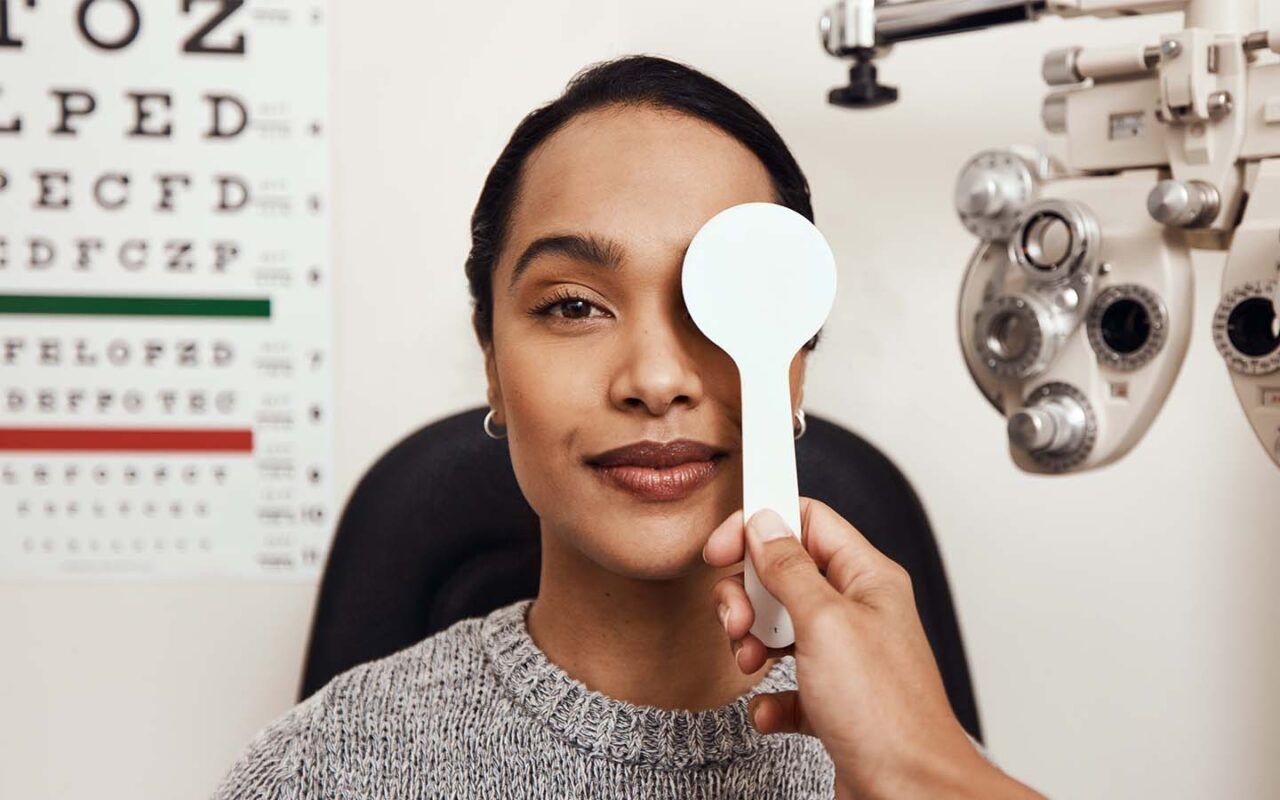All Categories
Featured
Table of Contents

Normal eye evaluations are essential for keeping excellent vision and identifying potential eye wellness problems early. Nevertheless, the frequency of these exams can vary substantially based on an individual's age, lifestyle, and total health and wellness. Comprehending the recommended schedule for eye exams can help ensure that people of all ages receive suitable treatment and monitoring for their eye health.
Newborns and Toddlers (0-2 Years)
For infants and toddlers, eye tests are vital for spotting any prospective vision issues beforehand. The American Academy of Ophthalmology suggests that a kid's very first eye examination ought to occur at around 6 months of age. During this initial browse through, the eye care expert will analyze the child's visual development and look for any evident eye issues.Following this initial examination, it is advised that kids have one more eye exam at age three. This check out will concentrate on analyzing the kid's total aesthetic feature, consisting of eye positioning and the capacity to track items. If no problems are found, the next test needs to be arranged prior to the child begins school, normally around age five or 6.
School-Aged Kids (6-18 Years)
When children reach school-age child, normal eye exams ought to be arranged every one to two years. Vision is critical for learning and advancement, and several schools carry out vision screenings. Nevertheless, these testings do not replace a thorough eye test by an eye care specialist.For kids associated with activities or sporting activities needing substantial aesthetic focus, yearly eye exams may be recommended. Furthermore, if a kid exhibits indicators of vision troubles-- such as difficulty reviewing, scrunching up your eyes, or frequent frustrations-- a browse through to the eye medical professional need to be arranged immediately.
Young Person (19-39 Years)
Young person typically have fewer vision changes than older age, yet routine eye exams stay crucial. The general suggestion is to schedule an eye exam every two years during this period. Individuals with details threat elements-- such as a family members history of eye condition, diabetes, or those that use get in touch with lenses-- must take into consideration yearly eye exams.Furthermore, those who spend considerable time on digital devices might experience electronic eye strain. If symptoms such as dry skin, fatigue, or blurred vision take place, it might be important to see an eye care professional quicker.
Grownups (40-64 Years)
As people get in midlife, the probability of establishing vision troubles increases. Grownups aged 40 to 64 should arrange eye tests each to 2 years. This age may begin to experience presbyopia, a natural age-related condition that makes it testing to concentrate on close objects. Eye examinations can also assist spot other typical age-related problems such as glaucoma, cataracts, and macular degeneration.If individuals in this age have risk factors like hypertension or diabetes, they might call for even more regular evaluations to check their eye wellness carefully.
Seniors (65 Years and Older)
For elders, normal eye tests come to be also extra essential. The American Optometric Organization recommends that people matured 65 and older have an eye examination at the very least yearly. Older grownups go to a higher threat for numerous eye illness, consisting of cataracts, glaucoma, and age-related macular deterioration. Early detection and therapy of these conditions can prevent vision loss and improve the quality of life.Conclusion.
Understanding the ideal schedule for eye exams based on age is vital for preserving optimal eye wellness throughout life. By sticking to these guidelines and seeking advice from with an eye treatment professional, people can take positive steps towards preserving their vision and overall health.Table of Contents
Latest Posts
Stay Active at The Claridge Hotel
Published Nov 23, 24
1 min read
A Guide to Custom Wood Furniture for the Modern Home
Published Nov 23, 24
1 min read
Reliable Strategies for Arranging Normal Maintenance and Emergency Situation Fixings for Your Car
Published Nov 23, 24
0 min read
More
Latest Posts
Stay Active at The Claridge Hotel
Published Nov 23, 24
1 min read
A Guide to Custom Wood Furniture for the Modern Home
Published Nov 23, 24
1 min read
Reliable Strategies for Arranging Normal Maintenance and Emergency Situation Fixings for Your Car
Published Nov 23, 24
0 min read